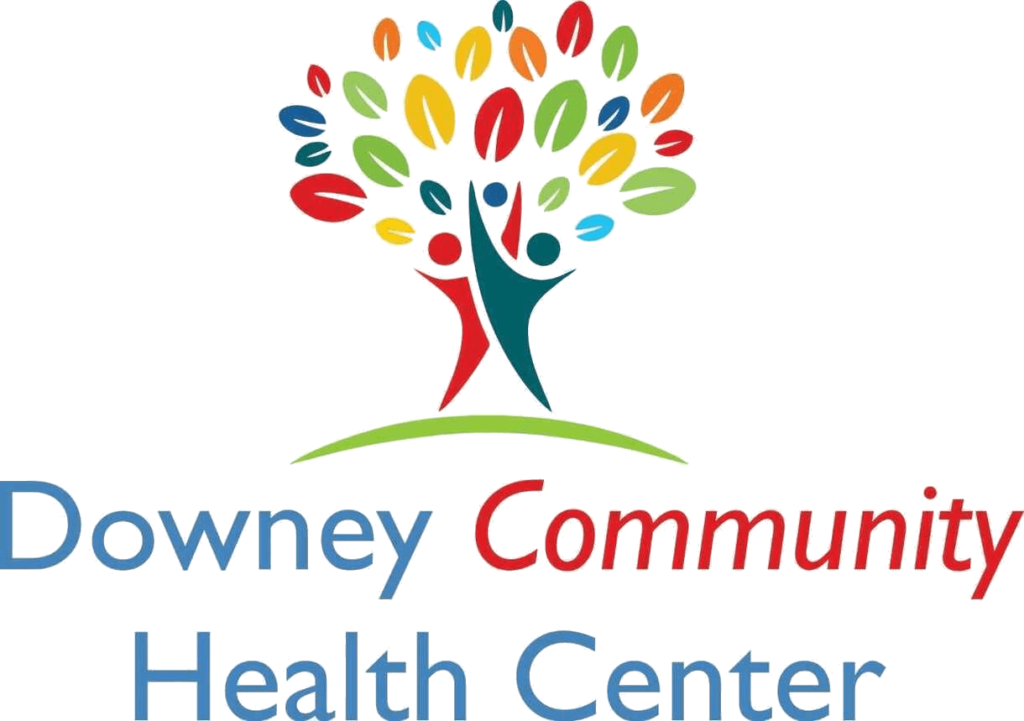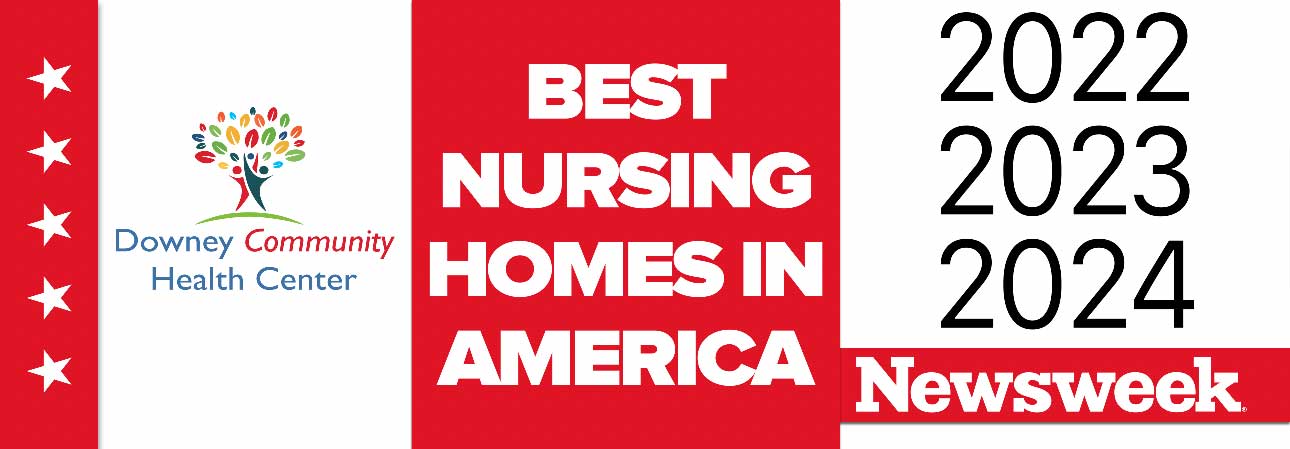A Skilled Nursing Facility (SNF) is a specialized inpatient center that provides comprehensive medical care and rehabilitation services for individuals recovering from illness, injury, or surgery. Unlike a nursing home, which primarily serves as a long-term residence for those needing ongoing custodial care, SNFs focus on short-term recovery and rehabilitation, ensuring that patients regain their independence and health.
Understanding SNF costs is crucial for families navigating the complexities of senior care. With the rising expenses associated with skilled nursing, families pay significant amounts for quality care, making it essential to evaluate all available options and financial resources.
Monthly costs in an assisted living facility can vary widely based on factors such as location, level of care required, and facility reputation. While some families may find that the costs align with their budget, others may struggle to meet the financial demands.
By comprehensively assessing these expenses, families can make informed decisions that best support their loved ones, particularly when comparing SNFs to alternatives like assisted living facilities or considering the financial implications for nursing home residents.
Explore Our Services Today
Discover how Downey Community Health Center can provide the skilled nursing care your loved ones need.
Factors Influencing the Cost of a Skilled Nursing Facility
Understanding the costs associated with skilled nursing facilities (SNFs) is a crucial step for families navigating the complexities of long-term care. Several key factors can significantly influence these expenses, and recognizing them can help in making informed decisions.
Location
The geographical area plays a vital role in determining costs. Urban centers often see higher prices due to increased demand and living expenses, while rural facilities may offer more affordable options.
Level of Care
The specific needs of residents greatly impact pricing. Facilities that provide specialized services—such as rehabilitation therapy or memory care—typically charge more, reflecting the enhanced expertise and resources required to deliver quality care.
Facility Reputation and Quality
Families often seek out facilities known for their exceptional care and supportive environments. While premium options may come with higher fees, they often provide a level of comfort and assurance that can be invaluable during challenging times.
Private vs. Semi-Private Rooms
The choice between private and semi-private accommodations can significantly affect costs. While private rooms offer solitude and personal space, semi-private options can be more budget-friendly without sacrificing quality care.
Duration of Stay
The length of stay also influences pricing structures. Long-term arrangements often provide better rates than short-term stays, making them a more economical choice for those who require ongoing support.
By understanding these factors, families can approach the financial aspects of skilled nursing care with greater clarity and confidence, ensuring their loved ones receive the best possible support during this important transition.
Types of Skilled Nursing Services and Their Costs
Skilled nursing facilities (SNFs) provide a range of essential services tailored to meet the diverse needs of residents, each with associated costs that reflect the level of care and expertise required.
Medical Care and Treatment Services
These services are fundamental in SNFs, encompassing everything from medication management to wound care. The costs for these medical services can vary, but they are typically included in the overall facility fees, which average around $8,929 per month for semi-private rooms and $10,025 for private rooms13.
Physical, Occupational, and Speech Therapy
Many residents require rehabilitative therapy to regain independence after surgery or injury. These specialized therapies are often billed separately or included in the monthly rate, depending on the facility. The need for ongoing therapy can increase overall costs.
Social Services and Recreational Activities
SNFs also offer social services and recreational activities designed to enhance residents’ quality of life. While these may not significantly impact costs, they are vital for emotional well-being and can be part of the overall service package.
24/7 Nursing and Support Services
Continuous nursing care is a hallmark of skilled nursing facilities. This around-the-clock support ensures that residents receive immediate attention for their medical needs, contributing to higher monthly fees.
Specialized Care: Alzheimer’s and Dementia Care: Facilities that provide specialized care for conditions like Alzheimer’s and dementia often charge more due to the need for trained staff and tailored programs. This specialized care is crucial for ensuring safety and enhancing the quality of life for those affected by cognitive impairments.
How Insurance Affects the Cost of Skilled Nursing Facilities
Insurance plays a significant role in determining the costs associated with skilled nursing facilities (SNFs), influencing how much individuals and families will ultimately pay for care.
Medicare provides coverage for skilled nursing care under specific conditions, including a qualifying hospital stay of at least three days. Medicare Part A covers up to 100 days of SNF care per benefit period, with the first 20 days fully covered and a daily coinsurance required for days 21-100. However, it does not cover long-term custodial care, which can lead to out-of-pocket expenses for extended stays.
Medicaid offers low-income individuals access to SNF services, covering essential nursing and rehabilitative care. Coverage varies by state, but it generally includes necessary medical services without additional costs for those who qualify.
Private health insurance may provide additional coverage for SNF services, often supplementing Medicare or Medicaid benefits.
Long-term care insurance specifically addresses the costs of extended stays in SNFs, covering various services depending on the policy.
For those without insurance options, self-paying and private financing can be used, although these methods can quickly become financially burdensome. Understanding these insurance dynamics is crucial for effectively managing skilled nursing care costs.
Average Monthly Costs of Skilled Nursing Facilities
The average monthly costs of skilled nursing facilities (SNFs) can significantly impact families seeking care for their loved ones. As of 2024, the national median cost for a private room in a skilled nursing facility is approximately $10,104, while a semi-private room averages around $9,167. These figures highlight the financial commitment required for quality care.
State-by-State Comparison
Costs vary widely across the United States, influenced by regional economic factors. For instance, Alaska stands out as the most expensive state, with private rooms averaging $36,378 per month, whereas more affordable states like Texas offer private rooms for about $7,524. This disparity underscores the importance of researching local options.
Urban vs. Rural Areas
Additionally, urban areas often experience higher costs due to increased demand and living expenses. In contrast, rural facilities may provide more economical alternatives without compromising care quality.
Understanding these dynamics is essential for families as they navigate the complex landscape of skilled nursing care, ensuring they find the best fit for their financial and caregiving needs.
Hidden Costs in Skilled Nursing Facilities
When evaluating skilled nursing facilities (SNFs), it’s important to be mindful of hidden costs that can impact the overall financial commitment.
Extra Charges for Specialized Services
Many facilities offer additional services, such as physical or occupational therapy, which may not be included in the standard monthly fee and can lead to unexpected expenses.
Out-of-Pocket Expenses
Insurance coverage often does not extend to all necessary care, leaving families responsible for out-of-pocket costs for items like certain medications, medical supplies, or specialized treatments.
Costs of Personal Care Items and Amenities
Residents may also incur expenses for personal care items, such as toiletries and clothing, as well as optional amenities like upgraded dining options or internet access. These additional charges can accumulate quickly, making it crucial for families to thoroughly review the facility’s fee structure and anticipate these potential costs to ensure comprehensive financial planning.
How to Evaluate Skilled Nursing Facility Pricing
Evaluating the pricing of skilled nursing facilities (SNFs) requires careful consideration to ensure families are fully informed about the financial commitment involved.
Typically, the monthly fee should encompass basic medical care, room and board, and access to communal amenities. However, it’s essential to clarify what specific services are included, as some facilities may charge extra for therapies or specialized care.
At the same time, families should inquire about additional fees for services such as medication management, physical therapy, and personal care items. Understanding the full scope of potential charges can prevent unexpected financial burdens.
Furthermore, it is crucial to thoroughly review the contract to identify what is covered and what is not. This includes understanding policies on rate increases and the conditions under which services may be billed separately.
Finally, transparency in pricing is vital. Facilities that provide clear, detailed breakdowns of costs foster trust and allow families to make informed decisions. By asking the right questions and understanding the nuances of pricing, families can better navigate the complexities of skilled nursing care.
Financing Options for Skilled Nursing Facility Care
Navigating the financial aspects of skilled nursing facility (SNF) care can be daunting, but various financing options can help ease the burden. Government assistance programs, such as Medicaid, play a crucial role in supporting low-income individuals by covering many costs associated with skilled nursing care. Families should explore eligibility requirements to maximize these benefits and ensure they receive the necessary support.
For those who may not qualify for government assistance, private loans can be a viable solution. Many financial institutions offer loans specifically designed for healthcare expenses, allowing families to manage costs more effectively. Additionally, considering the sale of assets or borrowing against a home can provide necessary funds for care while preserving other savings.
Veterans and their families should also investigate benefits available through the Department of Veterans Affairs, which can significantly offset the costs of skilled nursing care. By exploring these diverse financing options, families can find a pathway that best suits their financial situation while ensuring their loved ones receive the care they need.
Cost Comparison: Skilled Nursing Facility vs. Other Senior Care Options
When evaluating senior care options, understanding the cost differences between skilled nursing facilities (SNFs) and other alternatives is essential for making informed decisions.
Home Health Care vs. Skilled Nursing Facilities
Home health care can range from $6,000 to $20,000 per month, depending on the level of assistance required.
While this option offers personalized care in the comfort of the home, it often lacks the comprehensive medical support provided by SNFs, which typically average between $8,929 and $10,025 monthly for semi-private and private rooms, respectively.
Assisted Living vs. Skilled Nursing Facilities
Assisted living facilities generally cost less, averaging around $4,900 to $9,500 per month. These facilities provide assistance with daily activities but do not offer the same level of medical care as SNFs. For individuals needing more intensive medical supervision, SNFs are often the preferred choice despite their higher costs.
Independent Living vs. Skilled Nursing Care
Independent living communities are designed for seniors who can live independently and typically cost between $2,500 and $5,000 monthly. However, they do not provide medical care, making SNFs a necessary option for those requiring skilled nursing services.
By comparing these options, families can better assess which type of care aligns with their loved ones’ needs and financial resources.
How to Plan for Future Skilled Nursing Facility Costs
Planning for future skilled nursing facility (SNF) costs is essential to ensure financial stability and peace of mind.
The Importance of Early Financial Planning
Starting financial planning early allows families to assess their resources and prepare for potential expenses associated with long-term care. This proactive approach helps mitigate the stress of unexpected costs later on.
Predicting Future Healthcare Needs
Understanding the likelihood of future healthcare needs is crucial. Factors such as age, medical history, and family health patterns can provide insights into potential care requirements, enabling families to estimate costs more accurately.
Setting Up a Long-Term Care Fund or Trust
Establishing a dedicated long-term care fund or trust can be an effective strategy for managing future SNF expenses. This fund can accumulate over time, providing a financial cushion when the need for skilled nursing arises.
By combining early planning with a clear understanding of future healthcare needs, families can create a comprehensive strategy that ensures their loved ones receive the necessary care without compromising financial security.
Conclusion
Navigating the landscape of skilled nursing facility expenses requires careful consideration and strategic planning. Families must recognize that nursing home costs can vary widely based on factors such as location, level of care, and the reputation of the facility. With the median monthly cost for a nursing home often exceeding $10,000, it’s essential to compare these expenses with those of assisted living communities, which typically offer more affordable options.
Understanding the cost of nursing home care is vital, especially when evaluating alternatives like assisted living facilities. While assisted living may provide a lower monthly cost, it may not meet the needs of individuals requiring extensive medical supervision.
As families plan for future care, they should prioritize early financial planning and explore all available resources. By being proactive and informed, families can effectively manage how much nursing homes cost and ensure their loved ones receive the necessary support without compromising financial stability. Ultimately, a well-thought-out approach to skilled nursing facility expenses can lead to more confident decisions during challenging times.
Contact Us for More Information
Have questions about skilled nursing costs or services? Reach out to us at Downey Community Health Center for personalized assistance. Get in touch with our team!







